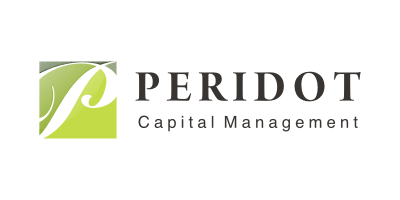The holy grail for contrarian, value investors is buying great companies at bargain prices, typically during a time when they have hit a short-term speed bump. While this is not an everyday occurrence, and it is even more rare when equity markets are elevated as they are today, you can find great investments in any market environment if you pay close attention.
Last week I initiated a new position in Wynn Resorts (WYNN), a leading gaming and resort operator with a pair of properties in Las Vegas and Macau, with two new properties in development (a second resort in Macau and one outside Boston). I paid $108 and change for the initial group of shares, which represented a more than 50% decline from the stock's 52-week high of $222. In fact, WYNN shares actually traded at $108 for the first time way back in early 2007.
I bought on a day when the stock was trading down more than 20 points after a disappointing earnings report. In addition, the company cut their dividend to conserve cash and fund the construction of their new resorts, each of which will cost billions of dollars. Wynn's recent struggles are due to weakness in the Macau gaming market, as China has recently enacted policy restrictions which have hampered both visitor traffic and spend over the last year.
While these issues were well-known to investors, the dividend cut came as a surprise (the annual payout was reduced from $6 to $2 per share). There were many investors who were in the stock for the income and wanted out, as the dividend yield has gone from over 4.5% to less than 2.0%. I like to pay close attention to dividend cuts because they often result in dramatic stock price declines, even though not every company cuts their dividend for the same reason. In addition, company valuations are not impacted by changes in dividends, but rather changes in actual earnings. Oftentimes the two are not directly related (e.g. the dividend cut is more dramatic than the earnings decline).
In Wynn's case, which is different from many instances where companies have seen their profitability evaporate and therefore are unable to continue paying a dividend out of free cash flow, the company is merely preserving cash now that sales levels are lower in Macau and they no longer have excess free cash flow above and beyond what they need to build out their new properties. The company remains very profitable. As a result, it is entirely reasonable to expect that once Wynn's new projects open, their absolute profit dollars will increase while their required capital expenditures decline, which will support an increase in the dividend.
We see this a lot with growth companies who are in highly capital-intensive businesses. As capital needs fluctuate, the dividend is adjusted both up and down based on where they are in their growth cycle. While this does not match up with most dividend-paying companies, which pride themselves on maintaining their dividends no matter what (including steady and predictable annual increases), a company like Wynn really uses them as a way to pay out excess cash that they don't need to build new or expand existing properties. In fact, the company also uses one-time special dividends to accomplish the same objective.
Lastly, I think it is important to note that one future positive catalyst for Wynn will be a leveling off and eventual rebound in their Macau financial results. The Chinese government is not going to suppress gaming their forever. At some point, given the popularity of the area, we will see growth in Macau again, especially considering how much of a drop there has been in recent quarters. I am not going to pretend I know when exactly that inflection point will occur, but that is one of the perks of being a long-term investor; I am willing to be patient.
To sum up, I believe a price of $108+ represented an excellent value for a great company like Wynn. That does not mean that the stock will not drop further in the short-term (I am not trying to pick the bottom here, just a good entry point for the long-term), but I think the stock will be materially higher several years from now. If true, we will look back and say that 2015 was an excellent contrarian buying opportunity.
What do you think?
Full Disclosure: Long shares of WYNN at the time of writing, but positions may change at any time.





